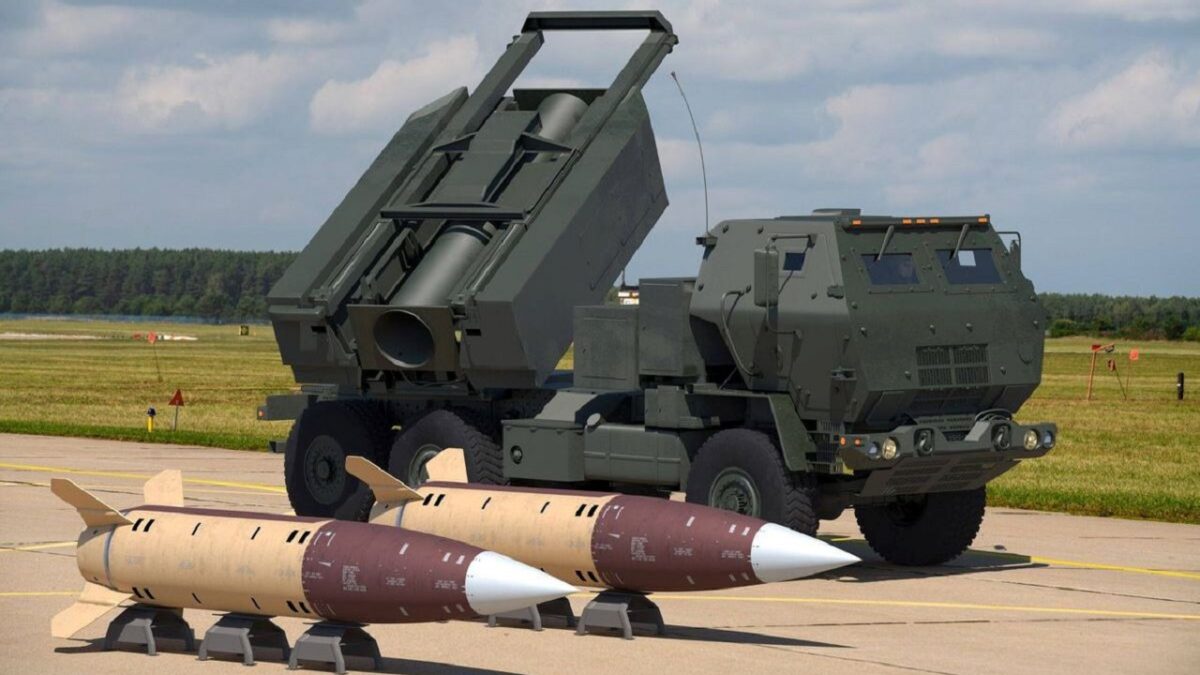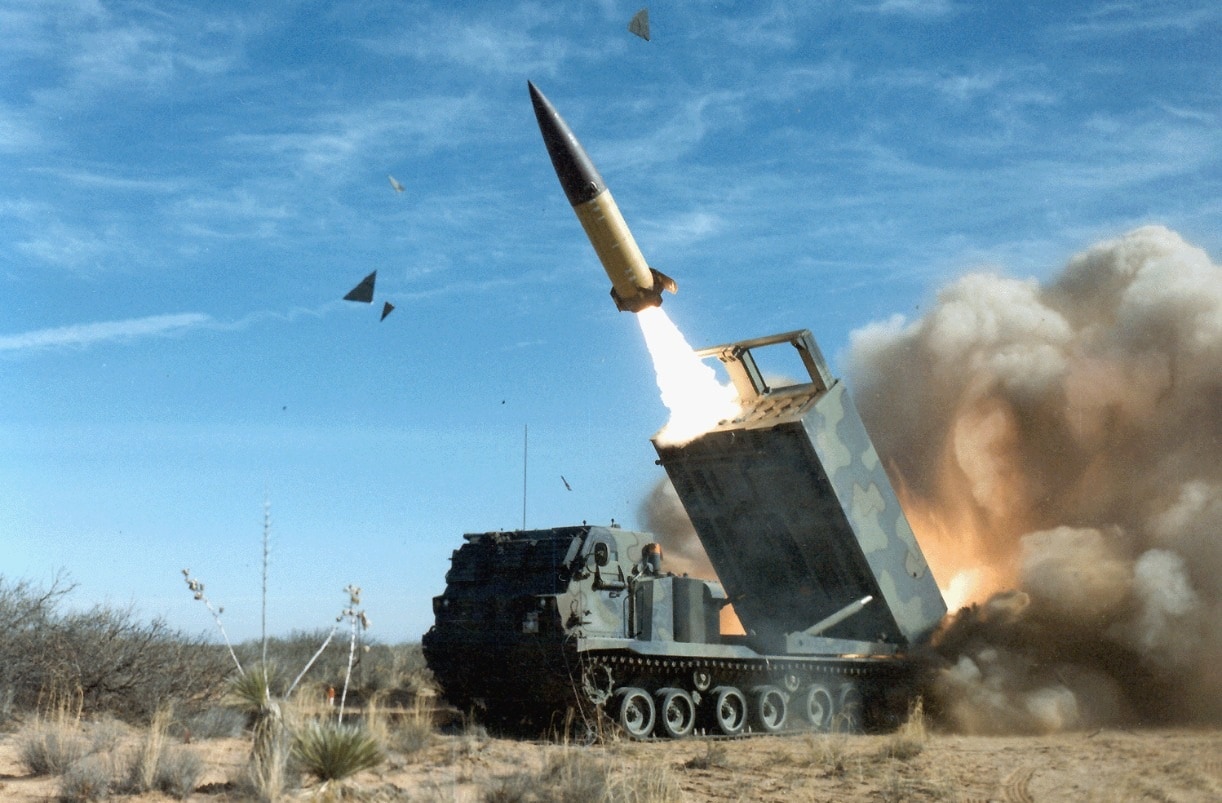The Lockheed Martin MGM-140 Army Tactical Missile System (ATACMS), a surface-to-surface missile (SSM) was developed as part of a doctrinal shift in the late Cold War, which essentially rejected the indispensability of an early nuclear strike on the Warsaw Pact forces in the event the Cold War went hot. The conventional tactical missile system, which was designed to take over the conventional role of the MGM-52 Lance missile, was then first used during the Persian Gulf War’s Operation Desert Storm, in which some 32 missiles were fired at Iraqi positions.
During the Iraq War’s Operation Iraqi Freedom, more than 450 missiles were subsequently fired – and as of early 2015, a reported 560 ATACMS missiles have been used in combat operations.
The Ukrainian military would certainly like very much to see that number grow – as the ATACMS system is capable of striking targets well beyond the range of existing Army cannons, rockets, and other missiles. ATACMS missiles are fired from the MLRS M270 and M270A1 weapons platforms. At issue for Washington, is where the missiles could come down.
The Biden administration has made it clear that it would only provide weapons to Ukraine that could be used as part of its defense, or to retake land that has been occupied by Russian forces since the Kremlin launched its unprovoked and unwarranted attack back in February. Washington, along with other Western powers, has also placed limits on how the weapons could be used – in fear that any strikes in Russia could cause the conflict to escalate. ATACMS missiles have a range of around 186 miles, about four times the distance of the rockets used by the HIMARS mobile systems the U.S. began sending to Ukraine four months ago.
The weapon has been at the top of the Ukrainian government’s “wish list” – so much so that Kyiv has now offered the U.S. full and ongoing visibility into their list of intended Russian targets, multiple officials familiar with the discussions reportedly told CNN. That “remarkable transparency” would essentially give the U.S. veto power over the Ukrainian targeting of Russia. It is clearly meant to convince the administration that providing the critical weapons would not lead to strikes inside Russian territory.
“We essentially described exactly what specific targets we need to hit on our territory which are not reachable with what we have now,” a senior Ukrainian official told CNN. “The categories of targets are clear and do not change.”
The targets would include those beyond the front lines, including Russian logistical lines, air defense, and bases, as well as ammunition depots in Ukraine’s east and south. That would certainly include bases in Crimea, which have become a regular target of the current U.S.-provided rocket systems whose munitions have a maximum range of around 50 miles (80 kilometers). The ATACMS would in essence also allow Ukraine to strike deeper into Crimea to target the launching points of Russia’s Iranian drones, something it cannot currently do, according to an American source familiar with the country’s requests.
“We gave assurances that we will not do it [with the HIMARS] and we did not,” the Ukrainian official added. “I think the problem is for the U.S. to get over the psychological threshold and approve the [ATACMS] capability.”
The question now is how Russia might respond after annexing four Ukrainian regions. However, the U.S. point remains clear. It was just last week that Vladimir Putin signed an accord to annex the occupied regions, after declaring that Russia would never give them up and would defend them with all means available.
“Ukraine has the absolute right to defend itself throughout its territory, including to take back the territory that has been illegally seized in one way or another by Russia,” U.S. Secretary of State Antony Blinken said last Thursday in response to a question from CNN.

ATACMS missiles Ukraine wants. Image Credit: Creative Commons.
“Because there is no change at all in the territory that is being annexed by the Russians as a matter for us or for the Ukrainians, the Ukrainians will continue to do what they need to do to get back the land that has been taken from them,” Clinken added. “We will continue to support them in that effort.”
A Senior Editor for 1945, Peter Suciu is a Michigan-based writer who has contributed to more than four dozen magazines, newspapers, and websites with over 3,000 published pieces over a twenty-year career in journalism. He regularly writes about military hardware, firearms history, cybersecurity, and international affairs. Peter is also a Contributing Writer for Forbes. You can follow him on Twitter: @PeterSuciu.

